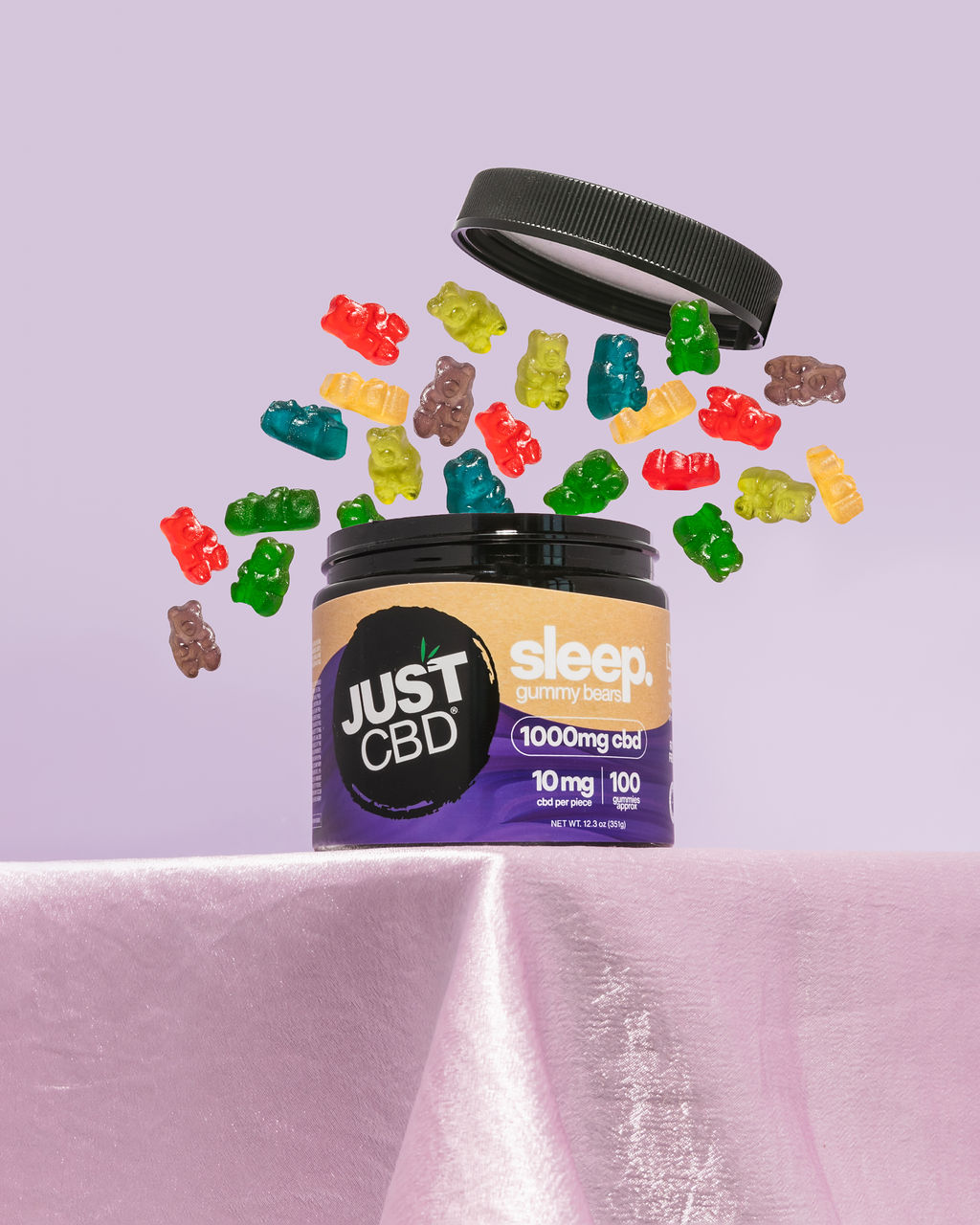Mitragynine and 7-Hydroxymitragynine
%h2% and 7-hydroxymitragynine are two primary alkaloids found in kratom, an evergreen tree native to Southeast Asia. These compounds are responsible for the plant’s psychoactive effects, though their mechanisms of action are complex and not fully understood.
Other Alkaloids in Kratom
Besides mitragyne speciosa, also known as kratom, contains other alkaloids that contribute to its effects. These alkaloids, though present in smaller quantities than mitragynine and 7-hydroxymitragynine, can influence how kratom is perceived and experienced.
- Rhynchophylline: This alkaloid is believed to have sedative properties and may contribute to kratom’s relaxing effects.
- Speciogynine: This alkaloid is thought to possess analgesic and anti-inflammatory properties, potentially contributing to kratom’s pain-relieving effects.
- Isomitragynine: This alkaloid has been linked to stimulant effects and may contribute to kratom’s energy-boosting qualities.
The complex interplay of these various alkaloids, each with its unique pharmacological properties, contributes to the diverse range of effects attributed to kratom.
Mu-Opioid Receptor Agonism

Kratom gummies derive their effects from mitragynine and 7-hydroxymitragynine, alkaloids found naturally in the kratom plant (Mitragyna speciosa). These compounds exert their influence primarily by interacting with opioid receptors in the brain. Specifically, they act as agonists at the mu-opioid receptor (MOR), which is the primary target for pharmaceutical opioids like morphine and heroin.
Activation of MORs leads to a cascade of physiological responses, contributing to kratom’s diverse effects:

- Pain Relief:
- Mood Elevation:
- Sedation:
- Analgesia:
Serotonin and Dopamine Effects
Kratom gummies offer a convenient way to experience the effects of kratom, a tropical tree native to Southeast Asia. Understanding how these gummies work requires delving into the intricate world of neurotransmitters like serotonin and dopamine.
Serotonin is a neurotransmitter that plays a crucial role in regulating mood, sleep, appetite, and other essential functions. Kratom’s interaction with serotonin receptors contributes to its mood-boosting and analgesic effects. By influencing serotonin levels, kratom gummies may alleviate feelings of anxiety, depression, and pain.
Dopamine is another key neurotransmitter associated with pleasure, reward, and motivation. Kratom’s impact on dopamine pathways is believed to contribute to its euphoric effects. However, it’s important to note that the mechanisms behind kratom’s interaction with dopamine are complex and not fully understood.
Anti-inflammatory Properties
Kratom gummies offer a convenient way to consume kratom, but understanding how they work in the body requires delving into the plant’s chemical composition and its interactions with our systems. One area of interest is kratom’s potential anti-inflammatory properties. Research suggests that certain compounds found in kratom, such as mitragynine and 7-hydroxymitragynine, may possess anti-inflammatory effects.
Absorption and Distribution
Absorption and distribution are crucial processes that determine how kratom alkaloids, like mitragynine and 7-hydroxymitragynine, exert their effects on the body. Oral ingestion of kratom gummies leads to absorption primarily through the gastrointestinal tract. Once absorbed, these alkaloids enter the bloodstream and begin to circulate throughout the body.
Metabolism in the Liver
Metabolism in the Liver

The liver plays a crucial role in metabolizing kratom alkaloids. Upon ingestion, kratom compounds are absorbed into the bloodstream and transported to the liver. Within the liver, enzymes work to modify the chemical structure of these alkaloids, ultimately converting them into metabolites that can be more easily excreted from the body.
This metabolic process is complex and can vary depending on individual factors such as genetics, age, and overall health. The liver’s ability to metabolize kratom alkaloids influences their duration of action and potential for side effects.
Excretion
## Potential Benefits and Risks
### Pain Management
### Mood Regulation
### Energy Enhancement
### Withdrawal Symptoms
### Addiction Potential
Excretion refers to the process by which the body eliminates waste products. This vital function is essential for maintaining homeostasis and overall health.
The kidneys are the primary organs responsible for excretion, filtering waste products from the blood and producing urine. The liver also plays a crucial role in detoxification, converting harmful substances into excretable forms. Other organs involved in excretion include the lungs (expelling carbon dioxide), skin (releasing sweat containing urea and salts), and large intestine (eliminating solid waste).
The efficiency of excretion is vital for several reasons:
- Waste Removal: Excretion eliminates metabolic byproducts, toxins, and excess substances that can be harmful if allowed to accumulate.
- Fluid Balance: Kidneys regulate fluid levels in the body, ensuring proper hydration and electrolyte balance.
- Blood Pressure Control: Kidneys release hormones that help regulate blood pressure.
- Red Blood Cell Production: Kidneys produce erythropoietin, a hormone that stimulates red blood cell production.
Order Kratom Gummies to improve focus
Continue to the full version
Find everything here
- The Science Behind Kratom Gummies: How They Work In The Body - November 4, 2025
- THC Soda & Cannabis Soda - November 2, 2025
- NCTF 135 HA Near Bisley, Surrey - November 2, 2025


